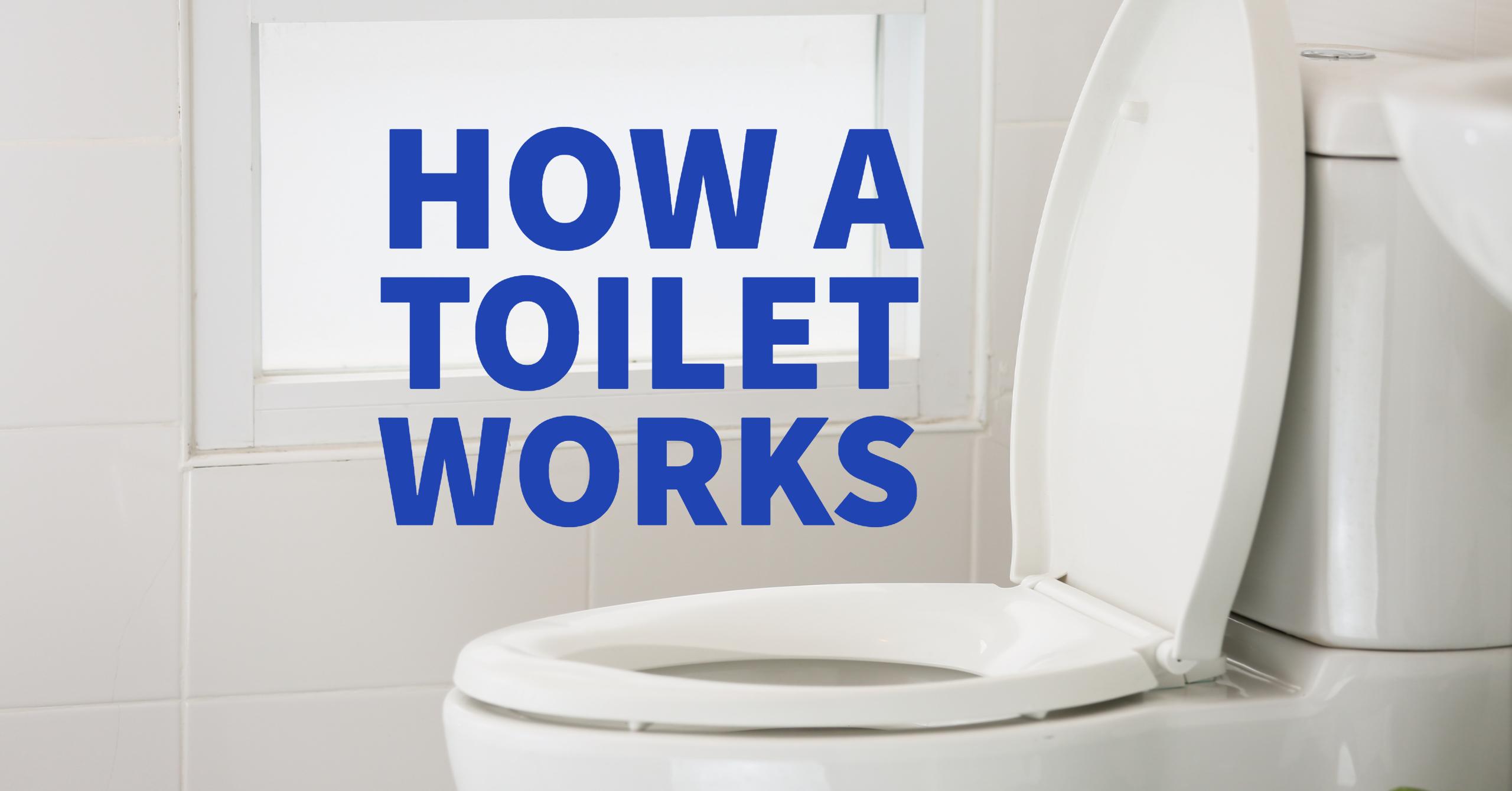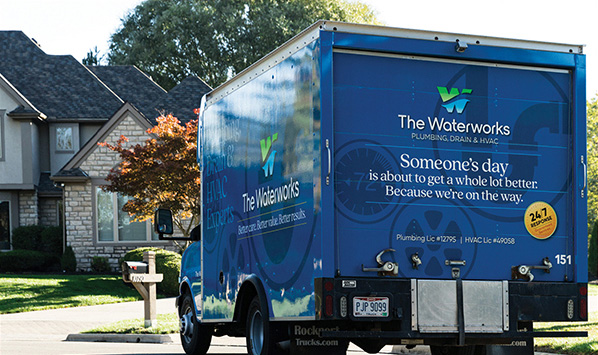
How a Toilet Works
Most people only know a few parts of their toilet: the tank, the bowl, and the handle. However, if you were to lift up the top of the tank, you would see a group of parts that have to work together to flush and refill the toilet quickly and efficiently. The components in the tank work together with gravity so that the toilet works properly. Here is how these forces combine every time you flush.
For Starters
So go ahead and remove the top of the tank. You’ll notice that it is full of water, which is used to refill the bowl after it is emptied during flushing. If you look near the bottom of the tank, there should be what looks like a small rubber plunger, known as the flapper, covering the pipe, or flush valve, that leads to the toilet bowl. The flapper should be connected to a chain, which lifts it open when the toilet is flushed.
You should also notice two tubes: the overflow tube, which is what the flapper is connected to, and the fill valve which is how water enters the tank. The two pipes are linked by the refill tube. Finally, there is a floater, often shaped like a ball or a covering around the fill valve which closes the valve when the tank is full. Finally, the trap is the S-shaped tube at the bottom of your toilet.
What Happens When You Flush
Now that you know the parts it is important to understand how they fit together. Pushing down on the handle lifts up on the chain attached to the flapper allowing water to flood into the bowl through the valve. The flapper will reseal the valve once the tank is empty. The empty tank triggers the fill valve to pull water from your water supply into the tank.
The water flows through the refill tube and into the overflow tube, filling the tank with water. The water continues to flow into the toilet until the floater reaches a certain line and seals off the refill valve. However, this is only half of wat happens when your toilet is flushed.
The Trap
The rest of the flushing process takes place inside the trap beneath the bowl of your toilet and is where gravity comes in to remove the water and waste when you flush. Take a look at the pipe, and you’ll see that it is S-shaped with the curve acting as a sort of peak. When water enters the bowl, some of it enters the trap. Maintaining water in the trap just behind the bowl helps to stabilize the water level, and helps filter out bad smells coming from the pipes.
Gravity comes into play when the toilet is flushed. The large amount of water entering the bowl from the tank has enough force to push the existing toilet water over the peak and down the pipe. Air enters the trap after the bowl is emptied and stops the flush. It takes some complex parts and a bit of physics to keep your toilet working efficiently.
Plumbing emergency? We respond any time!





